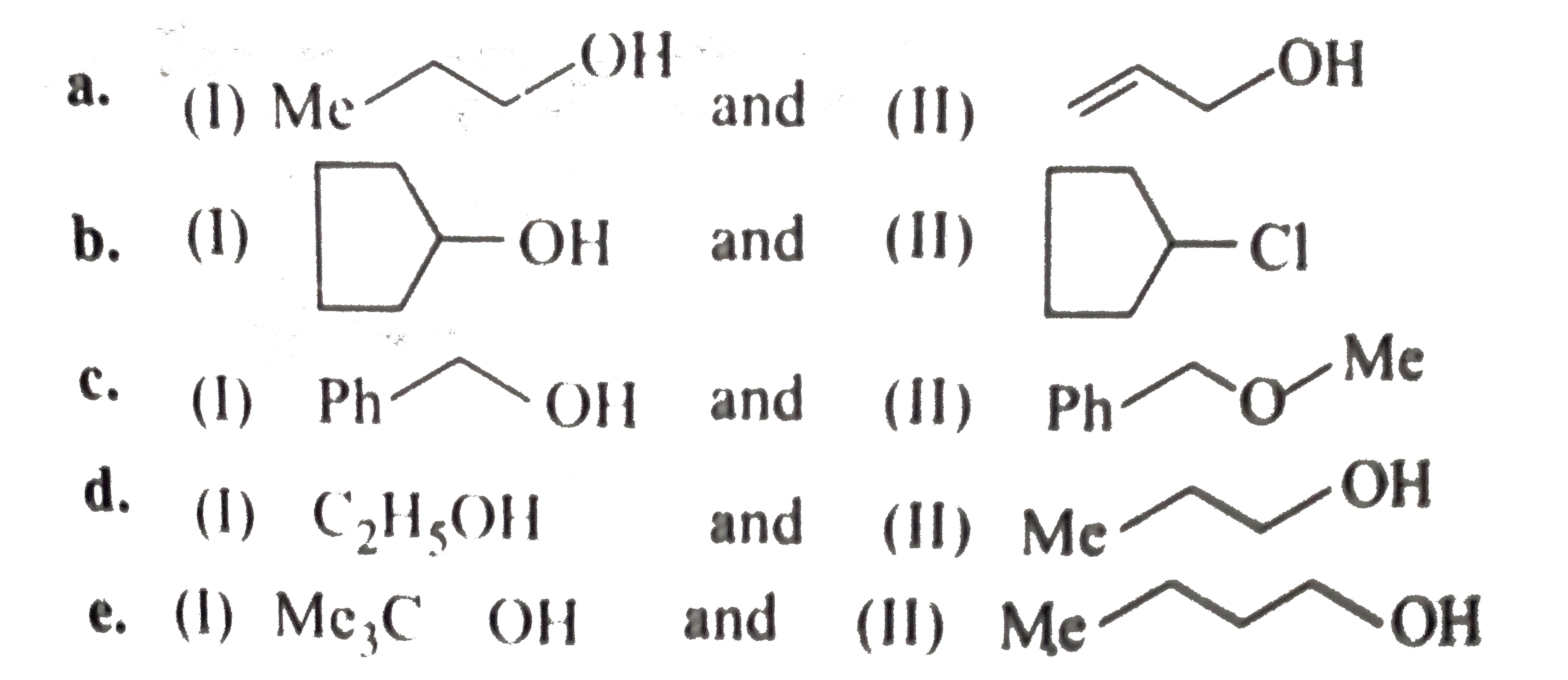Distinguish between the following.
Invertebrates and vertebrates
Step-by-Step Solution:
1. Definition of Invertebrates:
- Invertebrates are animals that do not have a backbone or vertebral column. They possess an exoskeleton, which is an external skeleton that provides support and protection.
- Examples of invertebrates include organisms from the phylum Annelida (like earthworms) and the phylum Arthropoda (like insects and crustaceans).
2. Definition of Vertebrates:
- Vertebrates are animals that have a backbone or vertebral column. They possess an endoskeleton, which is an internal skeleton made of bone or cartilage.
- Examples of vertebrates include birds, fish, reptiles, amphibians, and mammals (including humans).
3. Key Differences:
- Skeletal Structure:
- Invertebrates: Have an exoskeleton (no backbone).
- Vertebrates: Have an endoskeleton (with a backbone).
- Examples:
- Invertebrates: Earthworms, insects, jellyfish.
- Vertebrates: Birds, fish, reptiles, mammals.
4. Conclusion:
- The primary distinction between invertebrates and vertebrates lies in the presence of a backbone and the type of skeleton they possess.
- Invertebrates are animals that do not have a backbone or vertebral column. They possess an exoskeleton, which is an external skeleton that provides support and protection.
- Examples of invertebrates include organisms from the phylum Annelida (like earthworms) and the phylum Arthropoda (like insects and crustaceans).
- Vertebrates are animals that have a backbone or vertebral column. They possess an endoskeleton, which is an internal skeleton made of bone or cartilage.
- Examples of vertebrates include birds, fish, reptiles, amphibians, and mammals (including humans).
- Skeletal Structure:
- Invertebrates: Have an exoskeleton (no backbone).
- Vertebrates: Have an endoskeleton (with a backbone).
- Examples:
- Invertebrates: Earthworms, insects, jellyfish.
- Vertebrates: Birds, fish, reptiles, mammals.
- The primary distinction between invertebrates and vertebrates lies in the presence of a backbone and the type of skeleton they possess.
Topper's Solved these Questions
- BOOK - PEARSON IIT JEE FOUNDATIONCHAPTER - EVOLUTIONEXERCISE - APPLICATION AND ANALYSIS25videos
EVOLUTION
- BOOK - PEARSON IIT JEE FOUNDATIONCHAPTER - EVOLUTIONEXERCISE - ASSERTIONS AND REASONS8videos
EVOLUTION
- BOOK - PEARSON IIT JEE FOUNDATIONCHAPTER - EVOLUTIONEXERCISE - TEST YOUR CONCEPTS (Match the entries of column 1 with those of Column 2.)2videos
EVOLUTION
- BOOK - PEARSON IIT JEE FOUNDATIONCHAPTER - ECOLOGYEXERCISE - QUICK RECAP3videos
ECOLOGY
- BOOK - PEARSON IIT JEE FOUNDATIONCHAPTER - LIFE PROCESSES IN HUMAN BEING-I (DIGESTIVE AND EXCRETORY SYSTEMS)EXERCISE - ASSESSMENT TESTS (ANSWER THE QUESTIONS)7videos
LIFE PROCESSES IN HUMAN BEING-I (DIGESTIVE AND EXCRETORY SYSTEMS)
Similar Questions
Distinguish between the following.
Protochordates and vertebratesView SolutionDistinguish between the following.
Prokaryotes and eukaryotesView SolutionInvertebrate and Vertebrate animals
View SolutionDistinguish between the following pairs:
a. and
and 
 View Solution
View SolutionDistinguish between the following pairs:
a. (I) View Solution
View SolutionDistinguish between the following. (a) Reticulate and parallel venation
View SolutionDistinguish between the following.
(a) Reticulate and parallel venationView SolutionDistinguish between the following.
(a) Alternate and opposite leaf arrangementsView SolutionDistinguish between the following.
(a) Alternate and opposite leaf arrangementsView SolutionDistinguish between the following.
Invertebrates and vertebratesView Solution

